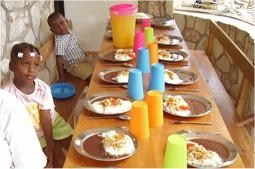
|
Contact UsUnited Caribbean TrustHaiti Hurricane ReliefSpecial TreasuresHaiti Earthquake ReliefHaiti Kids Ministry
|
home >> restoration
ministries haiti>> haiti child sponsorship
Haiti
2007 Permission requested to use information from www.wehaitians.com
Food prices around the world have spiked because of higher oil prices, needed for fertilizer, irrigation and transportation. Prices for basic ingredients such as wheat and corn are rising sharply, and the increasing global demand for biofuels is pressuring food markets as well. The problem is particularly dire in Haiti, which depends on imports and food prices are up 40 percent in places.
At the markets in Port au Prince, two cups of rice now sell for 60 cents, up 10 cents from December and 50 percent from a year ago. Other food items such as beans and fruit have gone up at a similar rate, and even the price of the edible clay or mud has risen over the past year by almost $1.50. Dirt to make 100 cookies now costs $5, the cookie makers inform us. Still, at about 5 cents apiece, the cookies are a bargain compared to food staples. About 80 percent of people in Haiti live on less than $2 a day and a tiny elite controls the economy. Merchants truck the dirt from the central town into Port au Prince where . women buy the dirt, then process it into mud cookies.
The finished cookies are carried in buckets to markets or sold on the streets. The cookie have a smooth consistency and sucked
all the moisture out of Assessments of the health effects are mixed. Dirt can contain deadly parasites or toxins, but can also strengthen the immunity of fetuses in the womb to certain diseases, said Gerald N. Callahan, an immunology professor at Colorado State University who has studied geophagy, the scientific name for dirt-eating. Haitian doctors say depending on the cookies for sustenance risk malnutrition. "Trust me, if I see someone eating those cookies, I will discourage it," said Dr. Gabriel Thimothee, executive director of Haiti's health ministry. "I'm hoping one day I'll have enough food to eat, so I can stop eating these," a street vendor said. "I know it's not good for me." Extracts from Jonnathan M. Katz, |
|
| Copyright © 2024 www.UnitedCaribbean.com. All rights reserved. Disclaimer Click to Contact us |





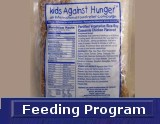
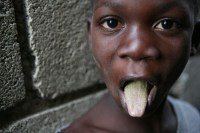
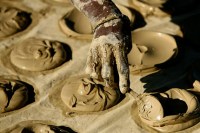
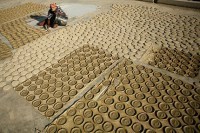
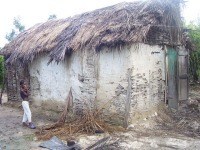 The
global price rises, together with floods and crop damage from the
2007 hurricane season, prompted the U.N. Food and Agriculture Agency
to declare states of emergency in Haiti. Caribbean leaders held
an emergency summit
The
global price rises, together with floods and crop damage from the
2007 hurricane season, prompted the U.N. Food and Agriculture Agency
to declare states of emergency in Haiti. Caribbean leaders held
an emergency summit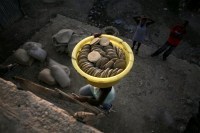 Carrying
buckets of dirt and water up ladders to the roof they strain out
rocks and clumps on a sheet, and stir in shortening and salt. Then
they pat the mixture into mud cookies and leave them to dry under
the scorching sun.
Carrying
buckets of dirt and water up ladders to the roof they strain out
rocks and clumps on a sheet, and stir in shortening and salt. Then
they pat the mixture into mud cookies and leave them to dry under
the scorching sun.